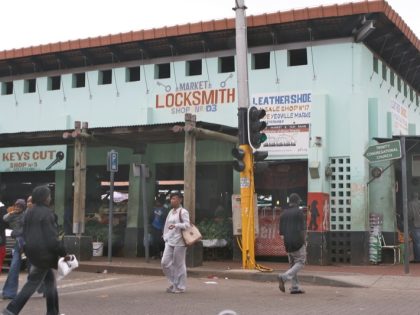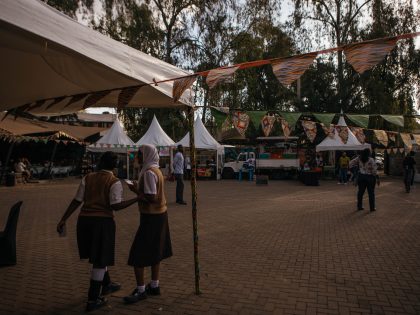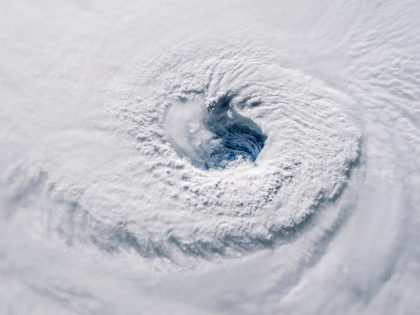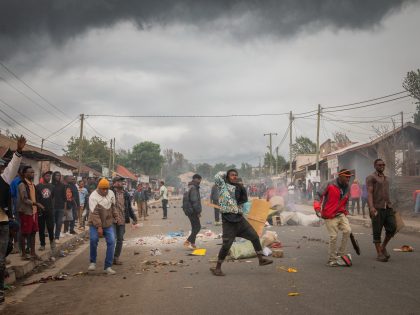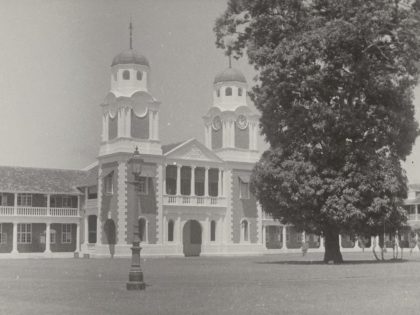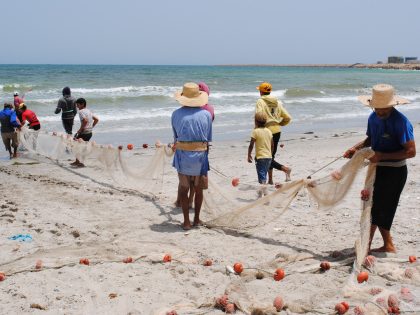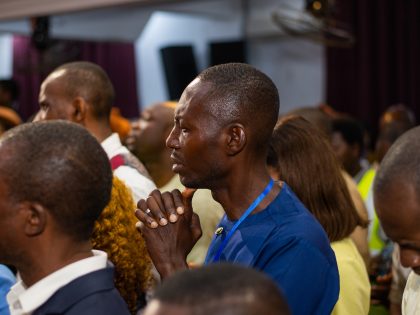Treasure Hunt Politics
The location of 18th colonial ship ship and its expensive cargo renews tensions between Spain and Colombia revives unfinished business between Spain and its former colonies.

View of the Caribbean Sea from Cartagena, Colombia. Image: Chris Ford, via Flickr CC.
The house of Habsburg met an end in Spain with the death of Carlos II, who left no heir to the throne. On his testament, he had declared that Felipe V, grandchild of Louis XIV, should be the heir of the throne. Other kingdoms such as England and the Netherlands saw with preoccupation the power that this alliance between France and Spain could have and, therefore, they decided to support the claims of King Charles the IV of the Holy Roman Empire, King of Hungary and Bohemia, based on his blood ties as a member of the House of Habsburg. What followed was a full European war for the succession of the Spanish throne and what was in game was the prime bounty of the time, the Latin American colonies.
The war had already lasted five years when the Galleon San José parted from Cádiz with its twin brother, the San Joaquín, towards the Americas with the urgent mission to pick one of the largest treasures ever amassed.
It was 1706 and not a single boat had arrived with gold to Spain from the colonies in the last six years. The crown needed this influx to sponsor its war efforts. This treasure of the Americas, which was to be picked up in Panama, contained 11 million 8-escudo silver and gold coins collected in Lima and Veracruz, but coming from as far as Potosí (now in Bolivia), as well as emeralds from Boyacá (now in central Colombia), and the type of personal belongings and contraband ever-present in every journey of the time.
Due to delays and English corsair presence (part of the Austracist coalition), in the Caribbean, it took two years to decide to make the return voyage to Europe; in 1708, the San José parted protected by 16 ships, taking advantage of unforeseen French collaboration.
Aware of the dangers, they sailed to Cartagena under the command of José Fernández de Santillán. With spies on the ports, British Admiral Charles Wager knew the time and route the convoy was going to sail. It was intercepted nearly nine miles off the coast of Cartagena and told to stop.
With the skyline of the port-city on the horizon, Santillán commanded to accelerate full sail to safety. Wager commanded to shoot, triggering a nearly two-day battle between the convoy and the corsairs.
One of the first ships to sink, the San José was submerged 200 meters under into the oblivion of the Caribbean waters, and dismissed.
Well, not really. Humans never forget such treasures, like Atahualpa’s ransom when he was held by Pizarro, hidden in the Llanganates, or the distances the conquistadores were willing to go to find the mythical El Dorado. The treasure of the San José became part of the collective imaginary of the Colombian Caribbean.
In García Márquez’s novel Love in the Times of Cholera, for example, Florentino Ariza dives to appreciate and comprehend what the remnants of the ship consist of.
With the latter technological developments of the last decades, the bounty has become easier to locate and even rescue from the depths of the ocean. This enterprise has been undertaken by private firms and treasure hunters that have been after the San José for the last 30 years.
Only a few weeks back the Colombian government announced it had found it. Before people even started recalling what the treasure was, there were loud voices in Spain and the United States claiming it, finding shier echoes in Peru and Ecuador.
Three hundred years later, with a completely different political map, the question of who does the ship and its cargo belong to is not straightforward. The Spanish state argues that because the ship carried their flag, and the Crown sponsored its construction, it belongs to them.
But, as an Op-Ed in the Spanish newspaper El País conveys convincingly, there is no continuity between the idea of the Spanish Empire and the Spanish nation. Modern day Colombia was as much a part of the Empire as modern day Spain, and both of them are the result of the dismemberment of that shared past.
Furthermore, this claim has tints of an unrepentant colonization; rather than wanting to conserve the common past, it is an extractive, one-sided reclamation.
The colonization of the Spanish Americas was different from subsequent colonial ventures in North America, Africa and Asia, respectively. Describing this particular history as a bleeding of Latin America’s resources and people would simplify and obscure the complex narratives and interactions that took place in the continent.
America is as indigenous as it is Spanish. Through the process of mestizaje (or mixing), even Criollos (descendants of Europeans born in America) developed their own independent economic interests and recreated their social circles. Any kind of exploitation was not only externally imposed but also domestically perpetuated.
Even though systems such as la Encomienda or la Mita revolved around the processes of production, extraction and transportation, those systems were genuine Latin American phenomena, never replicated in Spain.
The heritage of the San José could be another symbol of this mestizaje, the ports across the ocean, the ship built in Spain and the goods carried from America were all necessary for the trans-Atlantic trade. If Latin America has this stronger claim to the empire, the treasure, and even the galleon, it then becomes harder to justify why they should stay in Colombia rather than sharing it with her South American counterparts. It is a historical accident that, of the entire Caribbean, the precise spot of the wreckage would become part of the modern Colombian nation.
Primarily, this exposes the artificial nature of the American nations. The idea of sovereignty drawn from a previously integrated system of social and economic institutions, of the same languages and similar macrohistories, can only be understood as an administrative arbitrariness.
The idealizers of the nations did not represent the people, on the contrary, they were part of a domestic elite that sought independence from Spain to be able to rule the territories according to their own republican ideologies.
The division of la Gran Colombia, for example, was due mainly to philosophical differences of whether to adopt a centralist system, of which Simón Bolívar was its maximum proponent, and a federalist one which found its strongest supporters in Caracas. Combined with the dictatorial tendencies of El Libertador, Quito and Venezuela declared their independence to attempt their respective national experiments.
It seems almost superfluous through the scope of time to develop new nationalist ideas in opposition to others, and to deny that common heritage, due to such punctual events. But it’s the present reality nonetheless.
It’s impossible to say that the galleon rightfully belongs to a single nation (even less to a treasure hunting private company from the United States). Estimates of the modern worth of the treasure range between five to 11 billion US dollars. Some argue that this money can pay the entire external debt of the country or that it could finance Colombia’s post-conflict.
While great news, this would require selling the treasure to a third party, probably fragmenting it, and slowly ripping it away from its meaning. Maintaining the treasure together, given the lack of an itinerant museum, or one in Cartagena, would be a testament to the shared heritage and ownership of the treasure.
Otherwise, Colombia would be taking advantage of an accident caused by an incapable colonial administration, and re-appropriating a common past.











